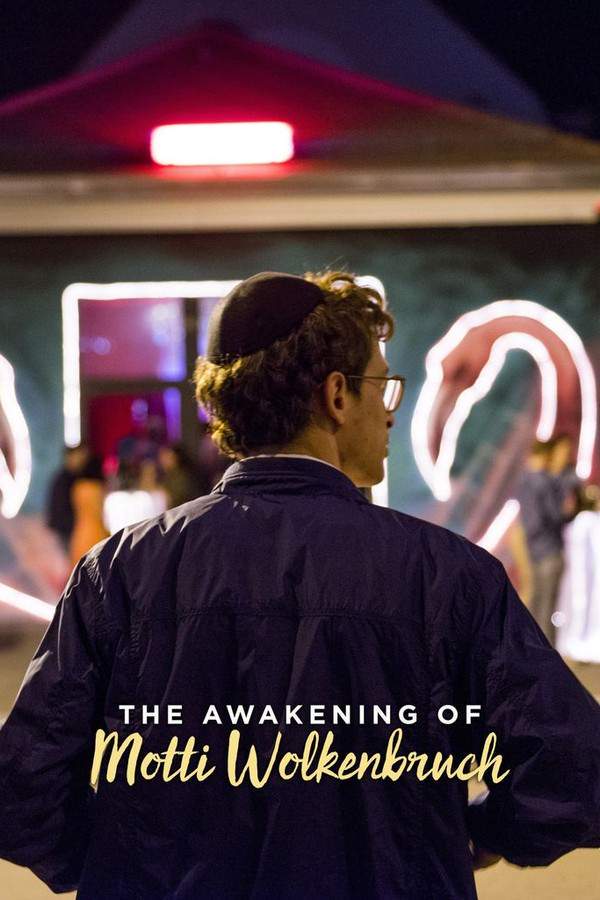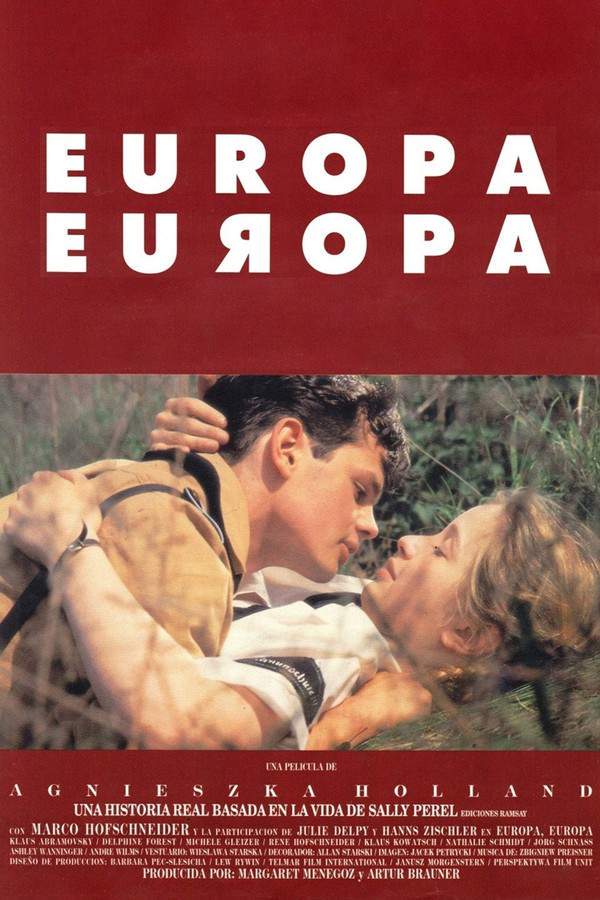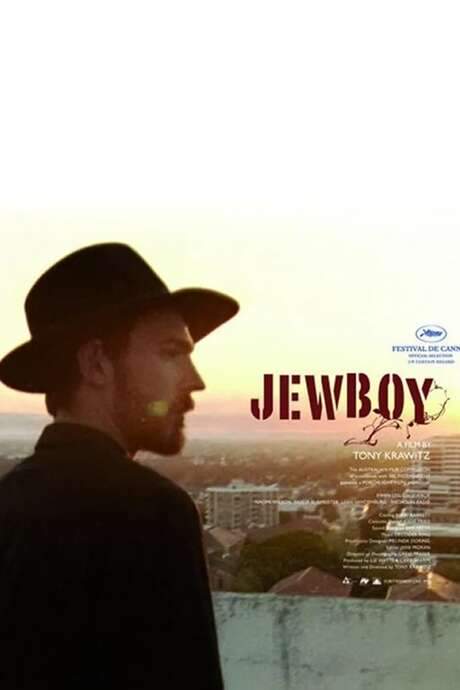Warning: spoilers below!
Haven’t seen The Revolt of Job yet? This summary contains major spoilers. Bookmark the page, watch the movie, and come back for the full breakdown. If you're ready, scroll on and relive the story!
The Revolt of Job (1983) – Full Plot Summary & Ending Explained
Read the complete plot breakdown of The Revolt of Job (1983), including all key story events, major twists, and the ending explained in detail. Discover what really happened—and what it all means.
In 1943 Hungary, a Jewish Hasidic couple Ferenc Zenthe and Hédi Temessy adopt an orphaned boy named Lackó, who is Christian. To avoid the laws against Jews adopting Christians, the adoption papers are backdated to 1938, and the father gifts two calves to the boy, hoping a divine sign will confirm the act. Lackó proves stubborn and unruly, pushing against the boundaries of the orphanage, and Ferenc Zenthe is quick to read this defiance as a sign that a spark from one of the calves has somehow passed to the child, marking him as a chosen one who might carry the family’s faith into the future. The decision to raise Lackó among their own people invites murmurs of disapproval from the village’s Jewish community, and the burden of legitimacy weighs heavily on them, especially under the gaze of the local religious leadership.
The village’s rabbinical authorities view the arrangement with suspicion, and the charge of blasphemy shadows Jób’s and Róza’s unconventional family plan. Despite the tension, the couple remains committed to their belief that Lackó is meant to survive where their own children did not, a hope that holds the family together even as outsiders question its wisdom. Lackó grows up without a sense of formal faith, observing Sabbath preparations and prayers with a blend of curiosity and distance. When his father explains that God resides in all things—even frogs—Lackó reluctantly joins his neighbor in frog-hunting as a way of honoring his father’s faith in the world around him.
The arrival of a circus in the village becomes a cultural doorway, and with it the film The Frozen Child is shown to the townspeople. The cinema experience elicits a spectrum of reactions: some are moved to tears by the screen, while others resent the emotional distress they’re asked to pay for, unable to separate the art from the illusion. The film’s power stirs new emotions in the community, and it also awakens personal bonds—Ilka, a maid, and Jani, a farmhand who work on Jób’s ranch, feel their own feelings deepening. The emotional resonance of the moment leads to a quiet, private decision between them, and their wedding soon follows, blessed by the village priest.
A monk named Günther arrives and begins teaching Lackó about religion, a development that spurs Jób into passionate prayer for his son. When rain arrives the next morning, Jób takes it as a sign of divine approval, a small mercy after so much hardship. But tragedy strikes when Lackó falls ill with diphtheria—the disease that has haunted Jób’s family before. Desperate prayers from both parents bring a miraculous recovery, and the Jewish community showers them with gifts and support, reinforcing the sense that Lackó’s life has become a shared beacon of hope for everyone around them.
As the family prepares for an eventual separation, Jób presents Lackó with his father’s knife, a symbolic gesture charged with history and meaning. The next day, with Lackó still sick, Jób and Róza depart, leaving him in the care of Ilka and Jani. The painted Star of David on their former home stands as a quiet reminder of the life they once shared. The departure is abrupt and painful; Lackó witnesses the deportation of his girlfriend Kati and confronts his parents, who respond with cold rejection. Left alone, Lackó wanders through a war-torn landscape, watching deserters be executed and witnessing his loved ones depart in cattle wagons. In a final, heartrending moment, Jób urges Lackó to stay and await the Messiah, but as the wagons pull away, the boy cries out for the Messiah and begins a solitary journey that will define the rest of his life.
Last Updated: October 09, 2025 at 14:42
Unlock the Full Story of The Revolt of Job
Don't stop at just watching — explore The Revolt of Job in full detail. From the complete plot summary and scene-by-scene timeline to character breakdowns, thematic analysis, and a deep dive into the ending — every page helps you truly understand what The Revolt of Job is all about. Plus, discover what's next after the movie.
The Revolt of Job Timeline
Track the full timeline of The Revolt of Job with every major event arranged chronologically. Perfect for decoding non-linear storytelling, flashbacks, or parallel narratives with a clear scene-by-scene breakdown.

Similar Movies to The Revolt of Job
Discover movies like The Revolt of Job that share similar genres, themes, and storytelling elements. Whether you’re drawn to the atmosphere, character arcs, or plot structure, these curated recommendations will help you explore more films you’ll love.
Explore More About Movie The Revolt of Job
The Revolt of Job (1983) Scene-by-Scene Movie Timeline
The Revolt of Job (1983) Movie Characters, Themes & Settings
The Revolt of Job (1983) Spoiler-Free Summary & Key Flow
Movies Like The Revolt of Job – Similar Titles You’ll Enjoy
The Awakening of Motti Wolkenbruch (2019) Spoiler-Packed Plot Recap
Europa Europa (1991) Movie Recap & Themes
The Reconciliation (2017) Ending Explained & Film Insights
The Shepherd (2019) Full Summary & Key Details
Edges of the Lord (2001) Complete Plot Breakdown
Jewboy (2005) Full Movie Breakdown
Angry Harvest (1985) Full Summary & Key Details
The Child (2022) Full Summary & Key Details
The Child of Man (1992) Detailed Story Recap
Hungarian Rhapsody (1979) Detailed Story Recap
As God Commands (2008) Story Summary & Characters
Hunting Scenes from Bavaria (1969) Film Overview & Timeline
Ivan & Abraham (1993) Story Summary & Characters
A Boy (1977) Detailed Story Recap
You Are Not an Orphan (1963) Full Movie Breakdown


















